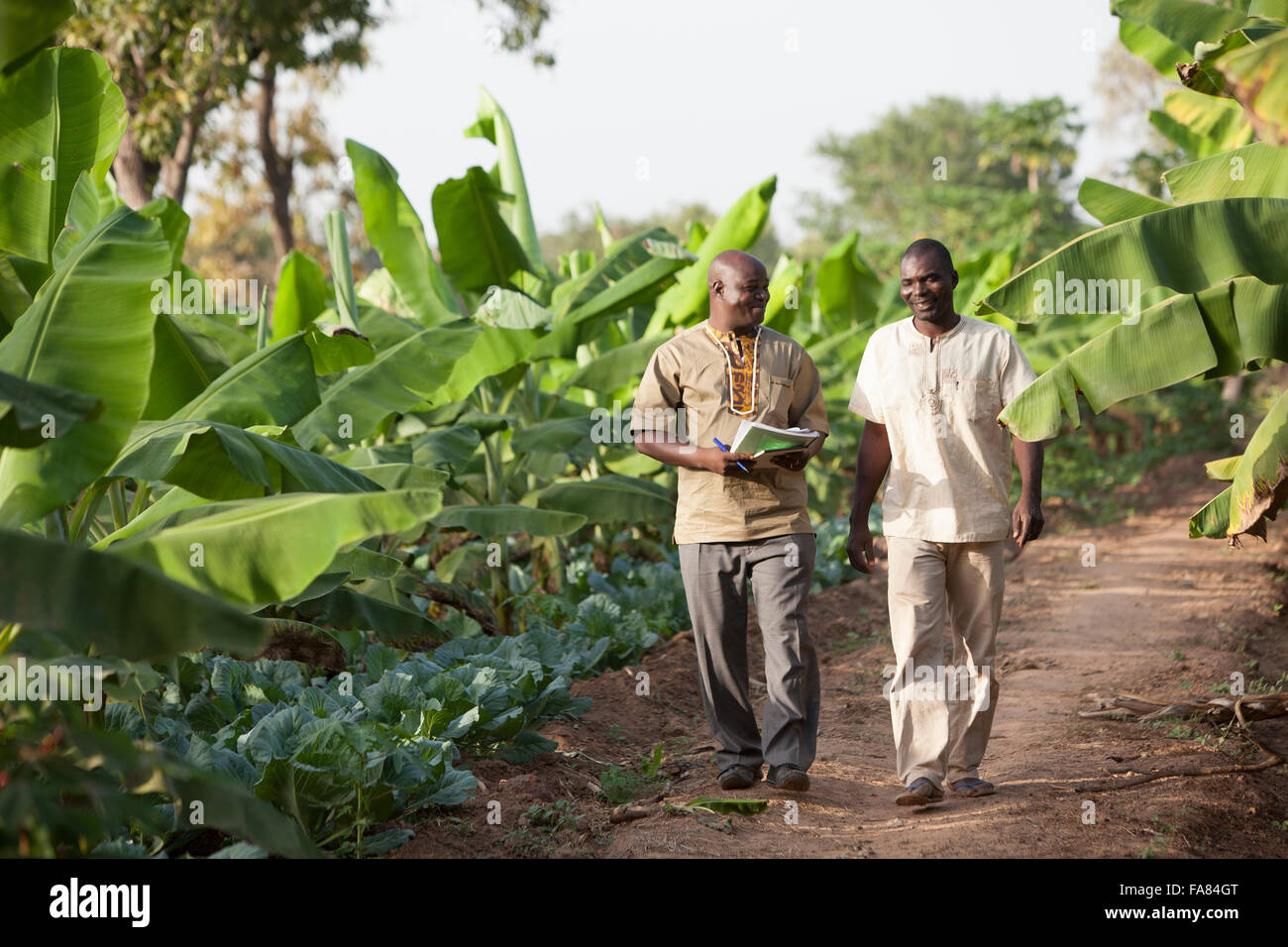Environmental Effects of Commercial Farming vs Subsistence Farming: What You Required to Know
An Extensive Take A Look At the Challenges and Advantages of Modern Agriculture
Modern agriculture stands at the crossroads of innovation and sustainability, presenting a wide variety of possibilities and obstacles. With advancements like accuracy farming and biotechnology appealing enhanced performance, the industry at the same time faces critical issues such as environmental destruction and socio-economic disparities. As we explore the elaborate equilibrium in between technological progression and its more comprehensive effects, the inquiry develops: can we attain a lasting future that profits both the atmosphere and farming communities? The course ahead requires a careful evaluation of these dynamics, inviting stakeholders to think about the potential for transformative modification in agricultural practices and policies.
Technological Improvements in Farming
Developments such as precision farming, automation, and biotechnology have changed typical farming methods, permitting for more sustainable and profitable procedures. Accuracy farming utilizes GPS innovation, sensors, and data analytics to enhance field-level administration concerning crop farming.
Automation in farming has further driven the sector onward, with the intro of independent tractors, drones, and robotics. These technologies lessen labor needs and boost operational speed, permitting timely planting and harvesting. Drones, in particular, supply valuable aerial images and information, aiding farmers in keeping an eye on crop health and wellness and identifying problems early.
Biotechnology has additionally played a pivotal role ahead of time agricultural methods. Genetically modified microorganisms (GMOs) have been created to enhance crop resistance to diseases and pests, minimize dependence on chemical therapies, and improve dietary content. This modern technology adds to food protection and meets the demands of a growing worldwide population. Jointly, these technical improvements have prepared for an extra resistant and lasting farming future.
Environmental Obstacles
Farming deals with a number of environmental difficulties that endanger its sustainability and efficiency. The lasting practicality of agricultural land is endangered, requiring the fostering of more sustainable practices.
Water shortage is one more substantial difficulty, specifically in regions where agriculture greatly depends on watering. Climate modification is increasing this issue, modifying rainfall patterns and raising the regularity of dry spells. Efficient water monitoring systems, such as drip irrigation and rainwater harvesting, are vital to mitigate these results, but their implementation continues to be unequal throughout different areas.
Moreover, agriculture is both a sufferer and a factor to climate change. Attending to these ecological difficulties is essential for making sure a sustainable farming future.

Economic Impacts
The economic effects of contemporary farming are complex and profound, influencing both neighborhood and global markets. Breakthroughs in technology and production methods have considerably enhanced farming productivity, leading to extra reliable food supply chains and decreased prices for consumers.
Nonetheless, these advantages are not without difficulties. The capital-intensive nature of modern-day farming needs considerable investment in machinery, fertilizers, and genetically modified seeds, which can be financially troublesome for small-scale farmers. This frequently causes enhanced financial debt and economic susceptability, possibly resulting in the debt consolidation of farms and the loss of rural source of incomes. In addition, worldwide market fluctuations can impact the profitability of farming exports, making economic situations reliant on farming susceptible to best site economic instability.
Moreover, subsidies and trade plans in established countries can misshape market costs, influencing competitive equilibrium and potentially disadvantaging farmers in creating nations. Overall, while modern-day agriculture drives economic growth, it likewise necessitates browsing intricate financial landscapes to guarantee lasting and fair growth.
Social Ramifications
While modern agriculture has brought about substantial developments, it additionally provides various social effects that necessitate factor to consider. As company farming entities significantly control the agricultural landscape, smaller sized farms usually battle to compete, leading to the erosion of country communities and standard farming methods.

Furthermore, there are problems about food safety and sovereignty. The concentrate on monoculture and genetically modified crops can threaten biodiversity and make food systems a lot more at risk to illness and pests. Such practices could additionally restrict customer choices and minimize the ability of regional neighborhoods to control their food sources. As these social ramifications unfold, it ends up being essential to resolve them to make sure fair and sustainable agricultural development.
Future Directions
Looking ahead, a number of promising avenues for modern farming could attend this article to the challenges dealt with today while cultivating lasting development. Advances in technology, such as accuracy farming, provide the prospective to maximize source usage and rise efficiency.
Biotechnology also holds tremendous assurance for the future of farming. Genetically modified microorganisms (GMOs) and gene modifying strategies, like CRISPR, can improve crop resilience against climate change, bugs, and diseases, hence boosting food safety and security. Furthermore, expanding plant ranges to include more climate-resilient and nutrient-dense alternatives can boost both ecological security and human nourishment.

Final Thought
Modern farming, identified by technical improvements, offers both chances and obstacles. commercial farming vs subsistence farming. Resolving these intricacies requires a shift in the direction of lasting practices that balance efficiency with ecological stewardship and social equity, thus ensuring a resistant future for global agricultural systems.
Modern agriculture stands at the crossroads of development and sustainability, providing a wide range of chances published here and challenges. Furthermore, worldwide market fluctuations can influence the productivity of agricultural exports, making economies reliant on farming at risk to financial instability.
Furthermore, the intensive use of innovation and mechanization in farming has actually led to a decline in farming work possibilities.Looking ahead, several appealing avenues for modern agriculture could address the challenges faced today while fostering sustainable growth. commercial farming vs subsistence farming.Modern agriculture, defined by technological innovations, offers both challenges and opportunities